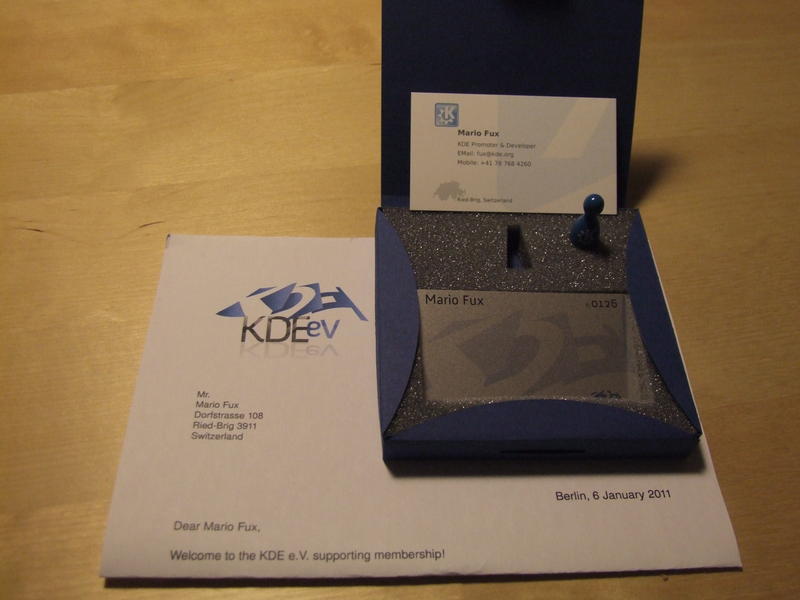KDE work day 10: Registration and promotion
Wednesday, February 23rd, 2011These are wild days in the Qt land. The big finnish home of the cute trolls decided to work closer with some other people from nanosoft land and the new Nessecitas brings our wisdom to the land of the droids. What will happen? We’ll probably see but Qt stays cute and thus to the main topic of this post. What was and what will be or what I’ve done in the last week (or two) and what I plan for the next days and week.
The weekend before the last we (the people of the LUGO – Linux User Group Oberwallis) had a hack-weekend in Randa. We worked on a new homepage for our LUG, enjoyed the fellowship and talked about some registration form for the Randa 2011 meeting. And last but not least Randa at this weekend held one of the two official Swiss KDE 4.6 release parties. Etienne Rebetez from Kalzium fame was there as well and we concluded the weekend with the visit of the great Swiss computer museum (If you’re ever in Switzerland or more precise in Solothurn go and visit it. They even have a working Apple I and the new building for the museum will show even more of the history of computers.)
Even before this hack-weekend I started together with some people from the LUGO to translate the new great KDE promo booklet to German. Felix Michel, the layouter of this booklet, agreed to newly layout the text when we’re ready which I hope to be the case in the two coming weeks. Other things that I worked on are more email communication about the Randa 2011 meeting and possible sponsors, I joined the game and got some business cards from KDE e.V. for the further searching of sponsors (another good opportunity for the translated KDE booklet ;-).

And today I had a short meeting with Prof. Bernstein from the university of Zurich. He gave me the (Java) source code for some of their NLP projects. I hope to find some inspiration or ideas for a possible NLP (natural language processing/programming) interface for Dolphin and/or Co.
And these are the things I plan to do in the next days or week:
- Finish the setup of my KDE development enviroment. I had some problems with a missing dependency on my Debian system. The dbusmenu-qt is not available in an current version.
- Sonnet and other NLP stuff: I plan to take some hours to read through the Sonnet code in KDE. Probably some new API docu commits will follow but this time without embarassing typos in the commit message ;-).
- Randa 2011: More emails and letters to potential sponsors, more communication with the owners of the building in Randa, some contact with the municipality of Randa, finishing the registration form and presentation to the four groups about what’s missing.
- And on Friday I do my second of five evening in a Linux course. Last week we started with some history, philosophy and free software and Linux basic stuff and this Friday we’ll look into package management, installation and virtual machines.
So all a good week and I’m sure I forgot to write about something important…
Oh yes. I loke (ok, I can’t decide if I love or just like it 😉 RSIbreak. Since some month now I’ve problems with my wrist and some weeks ago I decided to install RSIbreak which forces me now for a 20 seconds break every 15 minutes or so. Great. Thx Tom!
